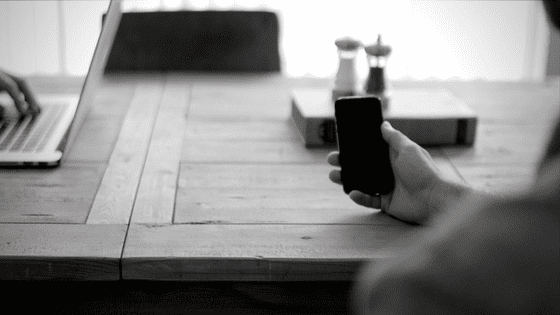Stress, burnout and exhaustion have become hot topics around the boardroom table, with almost every business in every industry suffering from their impact every day.
In late May 2019, the World Health Organisation included burnout as an ‘occupational phenomenon’ when it redefined burnout to formally link it to occupational stress. In doing so, stress and burnout stepped into centre stage and the frenzy around them has grown exponentially.

Health and wellness is listed at #2 on the global Hot Topics for 2020 Conferences and Events list, further evidencing that the world is now focusing on reducing the impact of the epidemic it finds itself facing.
I’ve personally suffered from burnout, and a complete breakdown that occurred as a result. I know what it’s like to make the long, slow, traumatic and painful walk back to good health and a rewarding life. It took me two years of the most invasive, overwhelming and intensive work I’ve ever done to get back to being able to cope with the basics in life. It was a further 12 months of this work before I was strong enough to know who I AM, what I wanted to be doing and how I wanted to be doing it.
Having navigated the road to recovery, I understand a lot about the things that caused my burnout and gave me an insight into how easily and simply we can live our lives in a different way. The things I learned during my recovery helped me to better understand stress, where it comes from and the truth about how it impacts our lives.
One of the biggest things I discovered is that the traditional way we’re taught to do things doesn’t work in an age where we are technology-driven and where the speed of life leaves us with our head spinning and a never ending feeling that life is out of control.
The age-old ways of doing things have brought us to the brink … and therefore the age-old ways of doing things will not assist us in turning it around. We have to think outside the square. Now is the time to start doing things differently.
Over time we’ve been given a set of rules that we’re taught to live by.
We don’t realise that they’re rules because they’re given to us in the form of sayings and quotes that are supposed to inspire us.
We’ve all heard them: like Helen Keller’s “Alone we can do so little, together we can do so much.” Or Henry Ford’s “If everyone is moving forwards together, then success takes care of itself.” How about this one: Sarah-Jane Redmond’s “A successful team beats with one heart.” And, of course, we shouldn’t forget “There’s no ‘I’ in team.” (Author unknown).
Whilst these sayings were designed to inspire us to achieve great heights as a group, their actual impact has been to see individuals change and morph into versions of themselves that suit the team. They find themselves doing and saying things that aren’t true to who they are, and over time they lose sight of who they really are at their core.
One of the greatest stressors in life is the inability to connect with who you are as an individual. Whenever you change yourself to please others, you move away from the things that are important to you … and if you continually move away from your values then you will significantly impact the way in which your energy is being used. If you’re never doing the things that allow you to recharge, then that means you will always be draining energy from an already empty tank.
It’s no wonder that stress, burnout and exhaustion are on the rise.
Why do you care whether your employees are stressed?
Most of you care because you are genuinely concerned for the wellbeing of your employees. But you should also care because it’s significantly hitting your bottom line:
- Stress and burnout costs approximately US$300 billion dollars globally every year.
- On average, the various research from around the globe shows that around 30% of people say that they often experience high amounts of stress in relation to their job.
- Around 45% of people are saying that they experience high amounts of stress at work sometimes.
- Over 50% of workers believe that they are unable to work at peak productivity most of the time due to stressful working conditions.
- In general, most workers under frequent, high levels of stress will return lower scores on mental health tests than those with workplaces that experience lower stress.
What can you do about it?
Take the time to understand the true health of your organisation … so you can get a read on what needs to be done to bring it back to optimum health. Consider these:
- Understand the importance of health and wellness in your organisation.
- Create a health and wellness strategy and integrate it into your organisation’s strategic plan.
- Offer training and development programs that help your employees understand what they need as individuals to maintain their health and wellness.
- Understand what your individuals need so you can create a program that provides what your employees actually need.
- Put the ‘I’ back into your teams so you can move forward as an empowered group of individuals all pulling in the same direction.
It’s time to challenge age-old thinking and set up your organisation for optimum health and wellbeing moving forwards. Creating a strategic plan that is values-driven, employee-focused and flexible in line with the growth and development of your organisation is the first place to start.
Subscribe To Our Newsletter
Join our mailing list to receive the latest news updates and offers from our team.




















